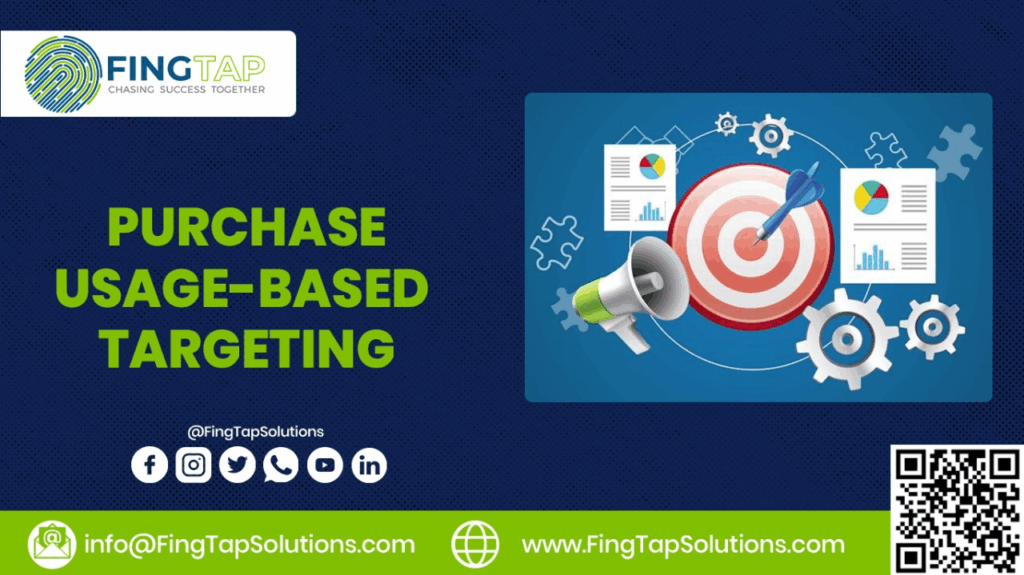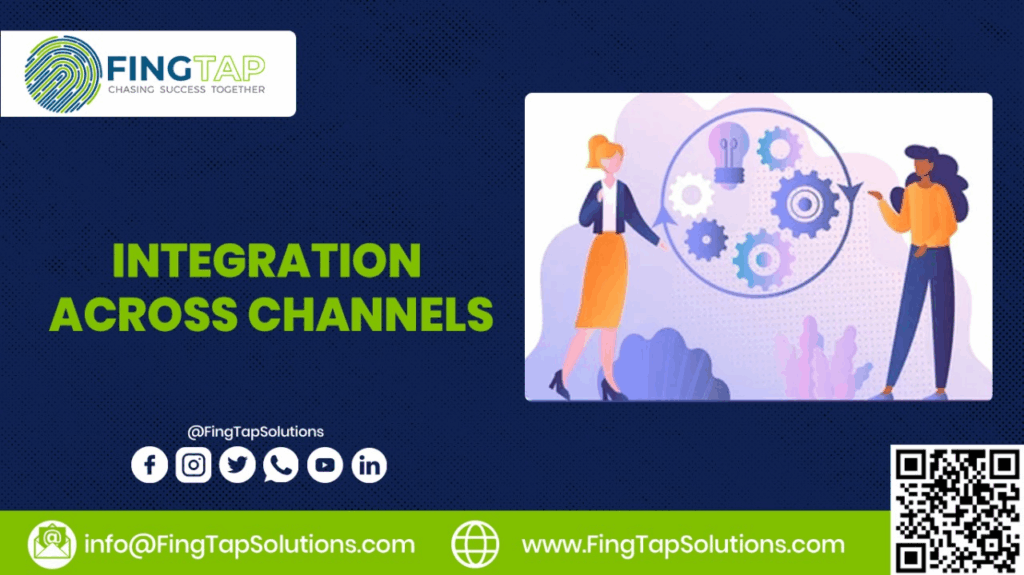What is audience-based marketing?
Audience-based marketing is a strategic approach that revolves around understanding and targeting target audiences with appropriate and personalized marketing efforts rather than using broad and generic marketing strategies. Reaching out to the group and becoming known to them involves the sharing of interesting characteristics, behaviors, or demographics.
Advanced audience targeting strategies
Psychographic targeting:
Deeper exploration of your audience’s psychology resources Interesting and empowering Tailored content and messaging that aligns with their beliefs, desires, and lifestyles Psychographic goals of yours allow for a deeper emotional connection with the audience.
Platform-Based Targeting:
Identify the platforms you are exposed to most frequently, whether it’s social media, Postcast, or emerging platforms. Tailor your content and ads to each platform’s specific nuances. You have received the message well.
Purchase/Usage-Based Targeting:

Analyse your audience’s purchase history or product usage patterns. Tailor marketing messages based on their past activity. Recommend complementary products or personalized offers. These strategies increase relevance and foster loyalty.
How to Get Started with an Audience-Based Marketing Approach
Audience Identification:

The following steps will help you market your business more successfully. Analysts can now develop customized marketing plans that appeal to your target market and your corporate goals using this strategic approach to assess customer feedback from customer personas and embrace new insights.
Segmentation:
Audience segmentation is an important aspect of our marketing. Segmenting audiences based on common characteristics. This approach helps in developing appropriate marketing strategies, increases relevance, and increases engagement. Identifying common traits includes demographic behavior, psychographic journey stages, segmenting audiences based on purchase volume and value, and communication preferences, ensuring regular testing of segments.
Customized Messaging:
Customised messaging is essential in audience-based marketing because it addresses each segment’s unique and interesting challenges and desires. Make the message appealing. Adjusting language and tone are specific to the segment. Use discretion Challenge and repeat, emphasize, and personalize segment-specific benefits. Communication challenges This approach promotes engagement, builds trust, and promotes marketing.
Channel Selection:
To choose the best challenges for audience-focused marketing, you need to look at your target audience’s preferences, use social media insights, measure email engagement, and evaluate search engine behavior. New platforms should be investigated. Challenges for Saints Offline challenges to be evaluated Optimize for mobile conditions. Integrate messaging into unified challenges. Periodically review and adjust your plan. Reach your audience. This strategy guarantees that your content will be seen, increasing engagement and conversion.
Consider the content format:
Tailoring the format of the content to each challenge is critical to maximizing engagement and resonance. Understanding platform-specific features. Creating video content for impact. Writing tailored content and using interactive content for engagement Adapting short-form content for social media Using podcasts and audio content Adapting to temporary content and using visual storytelling through slideshows are essential steps to brand consistency. Maintaining a temper is also very important.
Integration Across Channels:

Define your brand message. Maintain consistent branding. Develop a tone and voice. Use cross-promotion tactics. Create smooth visual transitions. Plan content calendars. Incorporate data and insights. Omni-Challenge Customer Experience Strive for customer service. Accelerate and embrace all challenges to achieve a seamless brand experience.
Test and adapt:
Testing and adapting based on data-driven insights are essential additions to a personalized marketing strategy. They also sell culture.
Consider the customer journey:
The customer journey is an important aspect of marketing that guides the audience through the various stages of the customer journey, including awareness, consideration, decision, purchase, post-purchase, advocacy, loyalty, retention, impressions, personalization, and multi-challenge consistency. By providing relevant content, businesses can boost engagement and increase conversions. By focusing on these steps, businesses can build stronger relationships, increase customer satisfaction, and drive meaningful conversions.
Budget Allocation:

Engaging your audience through interactive social media chat and community-building initiatives can turn passive speakers into participants. Use platforms like Twitter, Facebook, Instagram, and LinkedIn to build chat and community. All content campaigns create a sense of belonging Live Streaming event strategy Personalized service Encourage social media challenges, cool events, and regular competitions. This not only increases engagement, but also your brand and your audience. It also enhances the close relationship between them.
Engagement and interaction:
Regular experience with data is essential for understanding audience behavior and adapting marketing strategies. Prioritization tools should be used. Customer segmentation should be analyzed. Customer journey tracking should be done. Testing should be done. Social listening should be done. Email marketing should be analyzed. E-commerce data should be analyzed. Fast-track monitoring should be done. Real-time mark monitoring should be used, and regular reporting should be done.
Conclusion:
To dominate the audience-based marketing market in 2024, understanding your audience, using innovative strategies for targeting, and adopting an audience-based strategic approach are key to aligning messaging with texts and audience needs. Adapts to all challenges We continuously gain data-driven insights. Customer journey mapping and iterative testing ensure ongoing optimization.
FAQS
How does audience-centric marketing contribute to market domination?
Strong connections with the target audience are made possible by audience-centric marketing, which boosts market share, customer happiness, and brand loyalty. Businesses may maintain an advantage over rivals and take control of their market by consistently adjusting to the preferences and behaviors of their audience.
What role does data-driven analysis play in marketing adaptation?
Market trends, campaign performance, and audience behavior may all be better understood through data-driven research. The efficacy and triumph of marketing endeavors are eventually bolstered by its capacity to facilitate well-informed decision-making, real-time strategy optimization, and continuous relevance assurance.
What is the significance of the customer journey in marketing?
The steps a consumer goes through, from awareness to advocacy, are mapped out in the customer journey. Marketing initiatives may be more effectively directed toward conversion by delivering content that is specifically tailored to each step of the audience’s journey. It provides a holistic view of the customer experience.

